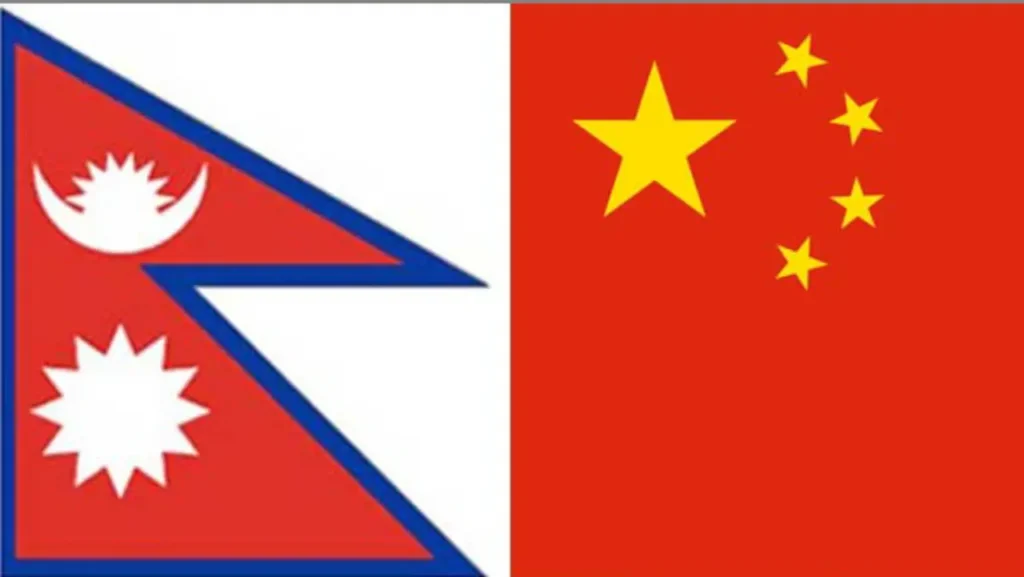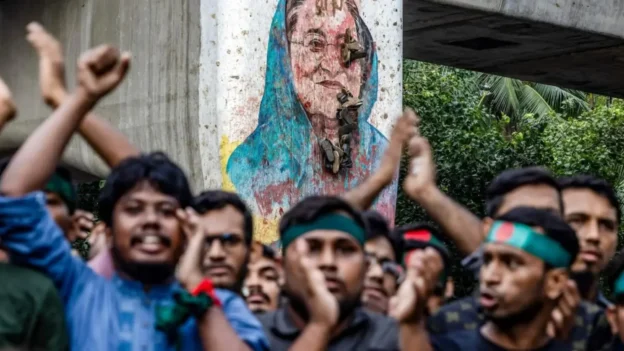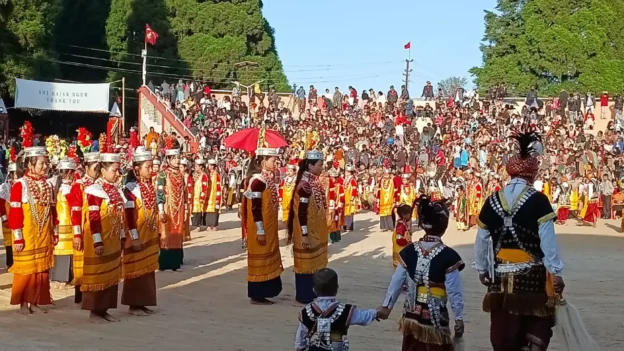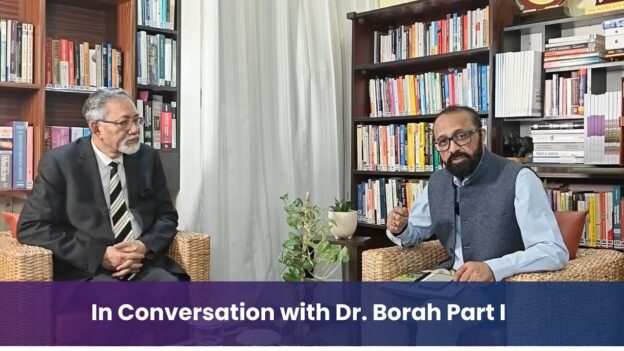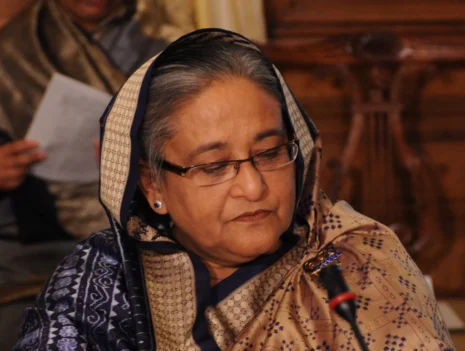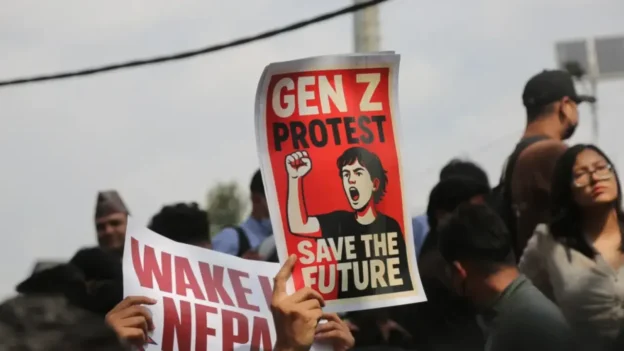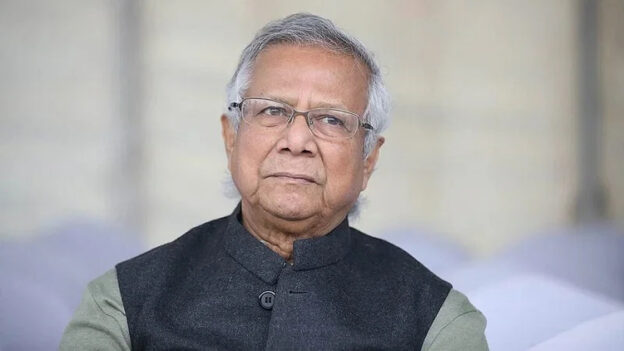In the midst of intensified speculation regarding her return to active politics as a CPN-UML leader, Nepal’s former President Bidya Devi Bhandari embarked on a 10-day state tour of China on May 24. The 14-member Bhandari-led delegation included Minister for Industry, Commerce and Supplies, Damodar Bhandari, and the party’s Foreign Affairs Department chief Raghubir Mahaseth. The visit had already attracted considerable geopolitical attention before it took place, with political analysts viewing it as part of a broader strategic engagement with China—aimed at building political goodwill and establishing avenues for future cooperation. The high-level welcome extended to the former President by the Chinese government underscored the gravity of the visit and reassured China watchers that it was the result of careful diplomatic preparation.
While the bulk of the delegation consisted of party workers close to Bhandari, the inclusion of a serving cabinet minister gave the impression that the visit had official sanction from both the government and the UML leadership. It was clear the visit was not merely ceremonial but carried political implications of a broader scale.
As Bhandari held meetings with senior Communist Party of China leaders, the visit was seen by most observers as carrying a clear geopolitical undertone—particularly in the context of her apparent re-engagement with major state and party stakeholders back home. Notably, she had originally planned to visit China in June 2024, a trip that was later rescheduled.
Although the full implications of Bhandari’s visit are still to be seen, it has certainly fuelled growing speculation about outside interest in the shifting political landscape of Nepal and the potential realignment of its leftist forces. Given China’s historical role in encouraging Nepal’s leftist unity—most visibly ahead of the 2017 parliamentary elections—analysts are now debating whether Beijing is seeking a repeat performance, this time with Bhandari as a central figure.
It goes without saying that a foreign trip by a politician of Bhandari’s stature carries political objectives. According to a second-tier UML leader, the visit aimed to strengthen the UML, while the Chinese side also raised concerns about the delay in implementing projects related to China’s Belt and Road Initiative (BRI). For Beijing, the prospect of a unified, pro-China left bloc in Kathmandu could serve as a useful instrument not only to push stalled BRI projects but also to advance broader regional objectives, including limiting Indian influence and gaining a firmer foothold in South Asian geopolitics.
Although Nepal and China signed the BRI framework agreement in 2017, not a single project has commenced so far. More recently, during PM KP Sharma Oli’s visit to China in December 2024, both countries signed a renewed deal on the BRI and agreed to execute ten projects, including the Geelong-Kerung-Kathmandu Transborder Railway, the Geelong-Kerung-Chilime 220 kV Cross-Border Transmission Line, and Madan Bhandari University. However, progress on these projects remains dismal.
On May 23, a day before Bhandari departed for China, the second meeting of the Mechanism for Facilitation on the Implementation of Nepal-China Cooperation Programs and Projects was organized in Kathmandu. The Mechanism, established under a June 21, 2018, bilateral Memorandum of Understanding, serves as a focused forum to review bilateral projects, identify bottlenecks, and recommend coordinated solutions. The meeting was co-chaired by Nepal’s Foreign Secretary, Amrit Bahadur Rai, and Chinese Ambassador to Nepal, Cheng Song. Nepal’s foreign ministry stated that the session reviewed the status and progress of current economic and development cooperation between the two countries to support timely and effective implementation.
The scheduling of the meeting, on the eve of a visit by a high-ranking political delegation, was interpreted by some analysts as reflective of renewed momentum in Nepal-China interaction at both governmental and political levels. Although technical in character, the meeting of the Mechanism holds strategic significance within the broader context of Nepal’s evolving foreign policy orientation and development partnership with its northern neighbour. The close timing of these developments signals Beijing’s interest in both unlocking BRI obstacles and shaping the future direction of Nepal’s political left—potentially reviving the formula that delivered left unity in 2017.
Chinese Ambassador Cheng, in a tweet on X (formerly Twitter), emphasized the comprehensive scope of the talks: “All major programs and projects of cooperation between the two countries were addressed for facilitation and speeding up.” He also emphasized the significance of 2025, stating, “The 70th anniversary of diplomatic relations between China and Nepal will be a year of delivery.”
The coincidence of the Mechanism session and Bhandari’s visit to China has been noted by geopolitics watchers, who see it as indicative of a deliberate bid to enhance bilateral complementarity at both political and developmental levels. Some analysts suggest that China’s dual-track approach—engaging both the government and key political actors—demonstrates a sophisticated bid to hedge its interests, regardless of the future configuration of Nepal’s left.
As speculation grows over Bhandari’s return to active politics, insiders within the CPN-UML suggest that she may formally re-enter the party’s leadership through the upcoming Policy Convention scheduled for September this year. According to several party leaders, this gathering of the CPN-UML is expected to serve as a pivotal platform for Bhandari, who is reportedly preparing to challenge incumbent party chairman and Prime Minister KP Sharma Oli.
A former one-time vice-chairperson of the UML, Bhandari has twice held the position of President of Nepal and remains a leading figure within the party’s ideological heritage. She is also the wife of the late Madan Bhandari, a visionary and key architect of the UML’s ideological policy of “People’s Multi-Party Democracy,” which formed the foundation of Nepal’s communist movement to contest elections. He died in a road accident in 1993 under mysterious circumstances.
Bhandari’s planned return to party leadership—to challenge an incumbent party chair and prime minister, no less—has raised eyebrows regarding the appropriateness of a former head of state making a return to partisan politics. For Bhandari, challenging Oli also means challenging someone without whose help she would never have become President of Nepal. She, however, appears intent on mobilizing both national and international support for what might be a record-breaking political comeback.
Her delegation members who accompanied her on her latest official trip to China confirm that her return to active politics was the focus of high-level interactions. “As she has been open about returning to active politics, the Chinese side was keen to interact with her more vigorously,” said a member of her delegation. “They were particularly keen to size up the shifting internal dynamics of the UML.”
Bhandari reportedly positioned herself as the UML’s leader during her meetings with Chinese authorities, according to delegation members. The confidence she exhibited in communicating her views to Chinese officials, according to one, is rooted in her belief that Beijing is finally disillusioned with Oli. Chinese leaders, for their part, reportedly questioned her about her plans for party leadership and what she would do if Nepal’s leftists reunited. “The Chinese appear certain about her return to politics and are attempting to gauge her prospects as the UML leader,” said a senior member of her delegation. “She put forward her vision of left unity and conveyed that efforts in this direction were already underway.”
Analysts believe that her return has a direct link to the reaction of the party leadership, particularly Chairman Oli. With Oli seeking to head the party again in the next general convention, a struggle between the two could become inevitable if a compromise is not reached. Amid growing fault lines within Nepal’s major communist parties—Oli’s UML, Pushpa Kamal Dahal’s Maoist Centre, and Madhav Kumar Nepal’s Unified Socialist—Bhandari is regarded by some as a potential unifying figure.
Some political observers believe that the renewed political visibility of both Bhandari and former Vice President Nanda Bahadur Pun—currently with the UML and the CPN (Maoist Centre), respectively—may have the tacit backing of Beijing. These observers believe that China may be seeking means to encourage closer coordination, or even political consolidation, of Nepal’s major communist parties ahead of the next parliamentary elections—something that occurred before the 2017 elections. For China, left unity in Kathmandu could mean not only smoother progress on BRI but also a stronger guarantee of policy continuity on other Chinese priorities, from infrastructure investment to security cooperation.
While mistrust between top leftist leaders remains the major impediment, someone with broad credibility and acceptance like Bhandari could emerge as a rallying point if attempts at left unity are renewed, say senior leaders in Nepal’s spectrum of leftist politics.
Bhandari’s re-entry into the UML, with her party membership already revived, has attracted attention from both local observers and international players. Geopolitical commentators caution that whatever her next role, it should be considered in the context of Nepal’s delicate balancing act between its two giant neighbours, India and China. In that sense, she is expected to internalize the fact that tilting toward either India or China does not truly serve Nepal’s long-term interests, although it may seem advantageous in the short run. A UML central committee member close to Bhandari endorsed her non-aligned stance, stating she wishes to engage with both nations and may soon visit India as well. But dates for that visit had yet to be fixed when this report was being prepared.
These developments must be viewed not only through the lens of party politics or Bhandari’s personal ambitions but also as part of a wider contest for influence in the Himalayan region. For China, a more unified and Beijing-friendly left in Kathmandu could revive the template that delivered leftist dominance after 2017—unlocking infrastructure projects and allowing greater leverage in regional diplomacy. For Nepal, however, the risks of overdependence on either China or India remain acute. Bhandari’s next moves, and Beijing’s ongoing involvement, could well shape both the pace of Nepal’s political realignments and the contours of South Asian balance-of-power politics in the years ahead.
Nevertheless, a couple of questions look pertinent at the moment. Has Bhandari made up her mind to “play the China card” to rise to the top leadership of the ruling CPN-UML? Or has China started to see a “trusted friend” in Bhandari who can bring about communist unity in Nepal, a long-standing Chinese wish? More bluntly, is China in the mood to “play the Bhandari card?”
Disclaimer : The views expressed in this article are those of the author and do not represent the stand of this publication.

